I’ll start with the good news: Many organizations are employing a greater number of persons with disabilities than ever before. Many have committed to a deeper understanding of what inclusion means for persons with disabilities, subgroups therein (such as persons with neurological disorders), and other communities (race, gender, LGBTQ, and so on) and have been taking steps to create supportive business climates for all. Many are doing so because they’re aware that there is a proven business case for hiring persons with disabilities. Many believe they’ve made significant progress: In Accenture’s most recent global survey on the topic, 67% of the nearly 1,750 business executive respondents said they believe their companies support employees with disabilities, including having the right technologies in place to do so and the right environment.
Now here’s the bad news: Despite this clear progress, our survey also found that just 20% of the 5,870 employees in the survey who had a disability agreed that their workplace culture is fully committed to helping them thrive and succeed. Meanwhile, 76% of employees with disabilities in the survey report not fully disclosing their disabilities at work (e.g., to HR, colleagues, supervisors/managers). And 80% of C-suite executives and their direct reports who have disabilities are also not disclosing them.
It’s a debilitating circle. Business leaders need to learn more about what they can do to create a more inclusive climate for employees with disabilities in order to take effective action. Yet, as our research and related interviews revealed, employees with disabilities fear that disclosing will lead to outcomes such as retaliation, slower progression, and less meaningful roles. And for most, disclosing is a very personal and perhaps difficult decision even in supportive environments.
I understand why. In my case, I had been working at Accenture for about five years when I was diagnosed with multiple sclerosis (MS). And for almost 10 years after that, I kept the number of people who knew about it very small — mostly my closest family and friends and a few key colleagues at work who agreed to keep my secret. I didn’t want my wider circle of family, friends, and colleagues to worry about me, and I especially didn’t want to be treated differently than before they knew. On a professional level, I didn’t want people at work to think of me as being suddenly “less capable” because of MS. I didn’t want them thinking I was unable to take on challenging assignments and fully engage.
Fast-forward 17 years and what I’ve come to realize is that the act of concealing this neurological condition and its potential to do me harm was itself creating significant challenges for me at work. Over the years, my anxiety levels increased while my confidence and engagement levels sank. I found myself getting frustrated, for example, with coworkers for not understanding that sometimes I needed my schedule to flex in unusual ways.
I will grant you that when I was first diagnosed, I wasn’t fully aware of the commitment Accenture had made to inclusion for persons with disabilities. And I can also say that since that time, I believe Accenture has also gone on a significant journey, striving to become a more inclusive company on all fronts. I’m fortunate to be here.
But here’s the broader and more salient point: It’s important for companies and for workers to change the way we think (and talk) about disabilities, permanently. Our research found that employees who do disclose their disability at work are 30% more engaged — in terms of career satisfaction and aspirations, confidence, and a sense of belonging — than those who don’t.
What are the best steps a business can take to create a culture in which employees with disabilities feel safe to disclose? The answers emerged from our survey, in which we also examined more than 200 workplace culture factors to see which impact employee engagement most. Eight stood out in particular for employees with disabilities. Interestingly, five of these eight also correlate significantly with a climate in which persons with disabilities feel safe about disclosing their condition. These certainly resonated strongly with me. They are:
1. Bold Role Models

When employees with disabilities have role models at the leadership level who have disclosed their own disabilities, they are 15% more likely to have higher career aspirations than their peers in other organizations. And with this factor in place, employees are 26% more likely to be open about their disability.
Working alongside executives willing to share their lived experiences with areas such as disability, gender identity, race certainly has impacted my own willingness to disclose. And since I went public with my disability, a growing number of people at my company and beyond — many of them from the communities I mentioned — have told me that my disclosure has helped them feel more included, more willing to ask for what they need at work to thrive, and more confident in their own futures. I’m grateful that’s the case. Knowing now how my experience has helped others, I often wish that I had opened up sooner.
2. Enterprise-Wide Training on Inclusive Practices
In organizations that have accessible training designed to advance awareness of inclusion and diversity topics and to help employees with disabilities to thrive and advance in their careers, employees are 35% more likely to disclose their disabilities than in other organizations.
India’s Lemon Tree Hotels provides an example. The chain employs approximately 550 persons with a range of physical, intellectual/developmental, and special learning disabilities — 10% to 12% of its workforce. New recruits must take an introductory sign language course so they can communicate with non-hearing colleagues. Employees also undergo training on how to work with colleagues with disabilities; for example, they are taught to avoid making too many last-minute changes to schedules, since advance planning is often key to an employee with a disability’s successful navigation of daily life and work. The results of this work have included tangible productivity gains among persons with disabilities, and a company-wide boost in morale.
3. The Space to Be Creative

Inclusion and the ability to bring your whole self to work (and not adopt a “work persona” that conceals your true identity) powers collaboration and innovation. Our survey further shows that leading organizations providing freedom to innovate are also seeing 26% higher career aspirations among their employees. Incredibly, they are also seeing a 48% higher likelihood of self-disclosure among employees with disabilities.
Japan-based Sony offers an example. The company is a member of the World Economic Forum’s Valuable 500, the largest global network of CEOs committed to disability inclusion. As such, it has made a point of assessing its practices for potential barriers and asking for feedback on that front. As one employee with a disability has said, “I get the impression that Sony is a workplace where nobody pays attention to whether people have disabilities or not. Some 20 people joined the information systems division when I entered the company, but we all worked together naturally during training, and people provided support as a matter of course when I needed it… I was also impressed by efforts to establish facilities that took disabilities into consideration.”
4. Formal Mental Wellness Policies and Programs
In organizations that have them, confidence among their employees is, on average, 31% higher than the employees of those that don’t. In addition, the likeliness that employees of the former will disclose a disability is 38% higher than the employees of the latter.
Through Accenture, I have personally experienced the benefits of a tool called “Thriving Mind,” which was created for companies by Thrive Global and Stanford Medicine; it has helped me better understand and mitigate the stress I feel related both to MS and to the pandemic. We also have a mental health ally program, through which more than 5,000 employees in 24,000 countries are volunteers trained to listen when a peer needs support; provide a safe, nonjudgmental space; and help colleagues access other resources as needed.
5. Supportive and Supported Employee Resource Groups

The best disability employee resource groups (ERGs) are those that foster open dialogue and networking not only among their own members but also with members of other ERGs. When a company fosters a range of such groups and offers its support (management interest and sponsorship and even modest financial backing), persons with disabilities benefit.
These groups (centered around ethnicity, religion, gender, LBGTQ status, military affiliation, and parenting, among others) provide their members a safe space to learn, grow, and share experiences. It’s no wonder that organizations with this factor in place are seeing employee career aspirations that are, on average, 21% higher than in other organizations — and confidence levels that are 34% higher. Employees with disabilities are 26% more likely to disclose their disability to others in companies with active ERGs.
Ultimately, I fully disclosed my disability at work through an internal blog in the fall of 2018; I did the same externally through another blog in 2019. At that point, colleagues with disabilities began confiding in me, testing the waters as a prelude to their own disclosures. My engagement improved, and my desire to accomplish more increased — as did my ability to follow through on those new, higher aspirations. My anxieties lessened while my confidence and sense of belonging grew.
My employer helped me become a stronger employee when I felt comfortable enough to disclose my disability. Your organization can do the same for the members of its workforce who are on a similar journey.
If you want to know more about disability inclusion in your company, read the Why & How’s here.
Source: HBR
